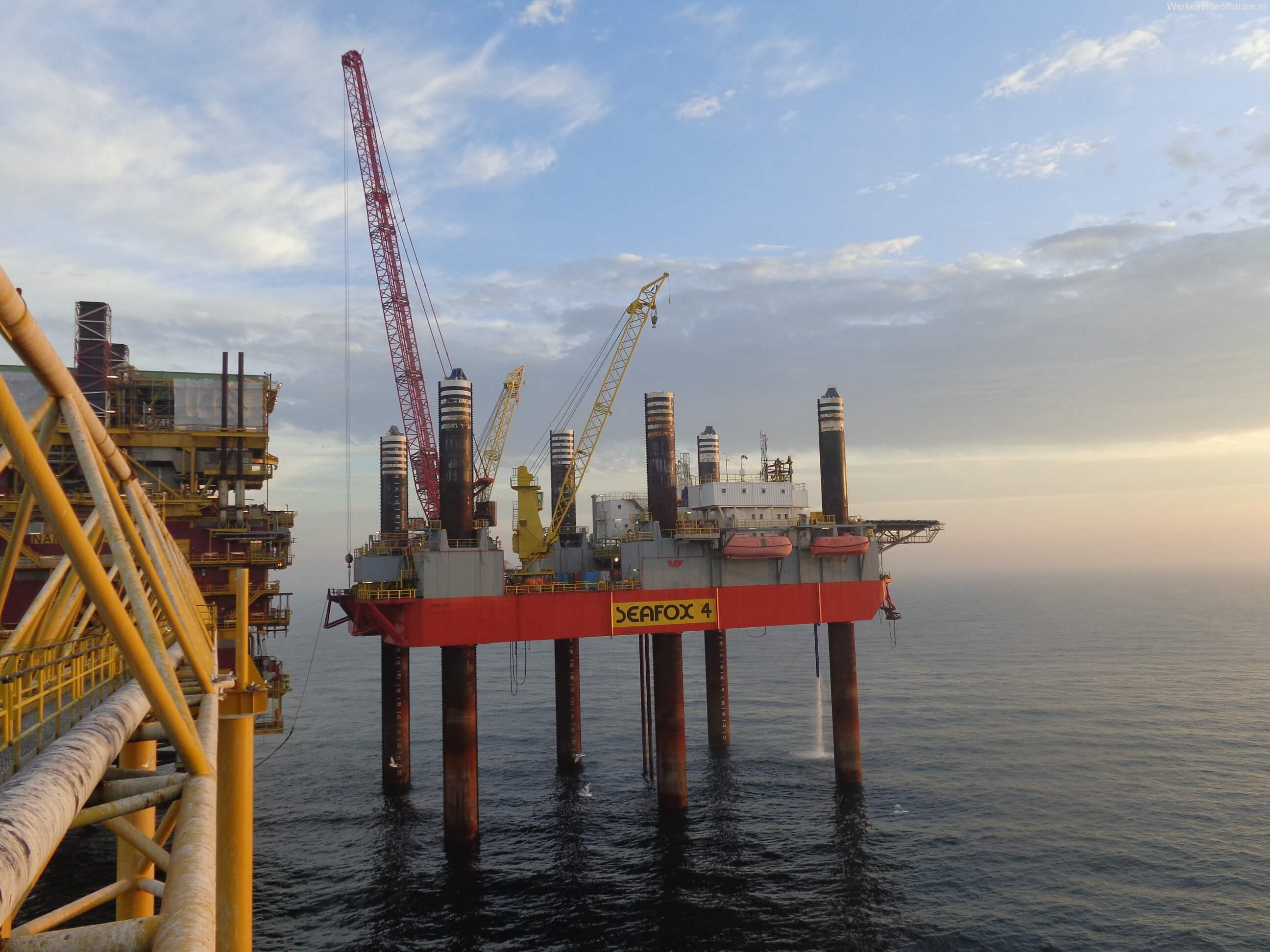Element NL member NAM recently gave a behind-the-scenes look at the activities of Seafox 4 through two videos. This work island or work ship has been a pioneer in the offshore industry for over 50 years, involved in electrifying, simplifying, replacing, or decommissioning production platforms in the North Sea. This long-standing collaboration keeps offshore platforms as efficient as possible while also working towards sustainability.
Last week it was announced that NAM sold its offshore activities to Tenaz Energy. Besides the onshore activities, NAM will continue gas extraction under the Wadden Sea and on Ameland through the offshore platform Ameland West Gat (AWG). This platform operates entirely on green electricity, and its electrification was carried out in 2023 with the help of Seafox 4. NAM interviewed several key employees who made the collaboration with Seafox possible and also captured some beautiful footage.
About Seafox 4
Seafox is a globally operating offshore jack-up company providing services to support the oil & gas and renewable industries. They own and exclusively manage twelve self-elevating jack-up units. The Seafox Group owns and operates five jack-ups (Seafox 1, 2, 4, 5, and 7), employing over 100 people and another 300 through preferred crewing agents.
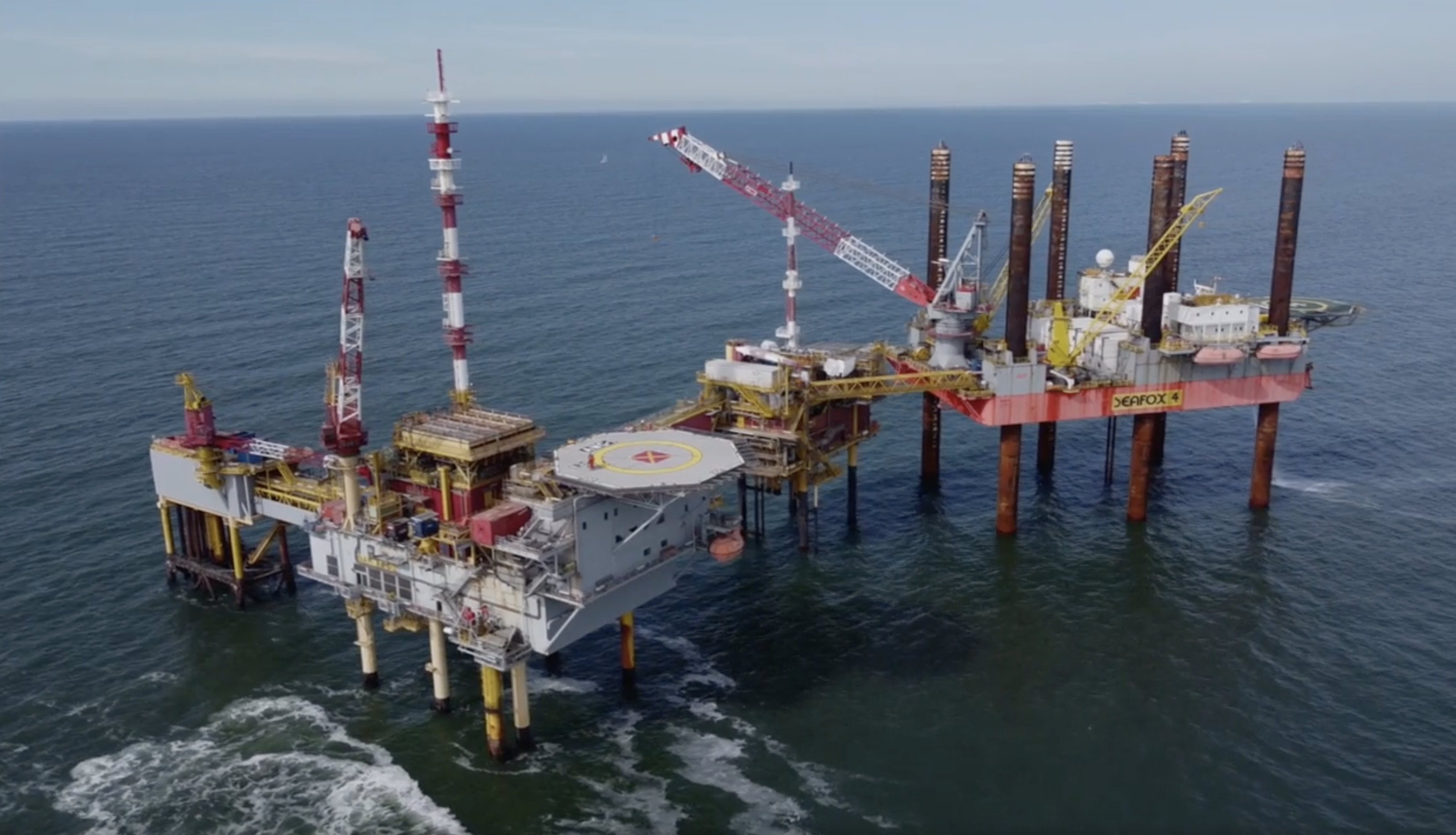
The Seafox 4 is a six-legged, self-elevating jack-up unit for accommodation, construction, maintenance, and well services. It is 69 to 97 metres long and 53 metres wide, with a deck space of 1000 square metres. The unit is designed to operate year-round in water depths up to 46 metres with its 84-metre legs. In 2015, Seafox 4 was upgraded and now operates a 300-tonne crane with a 26-metre radius.
The unit offers permanent accommodation for 153 persons on board (POB). Life on board is pleasant and enjoyable thanks to facilities such as the galley, mess room, storage spaces, recreation rooms, gym, changing room, hospital facilities, conference room, and offices.
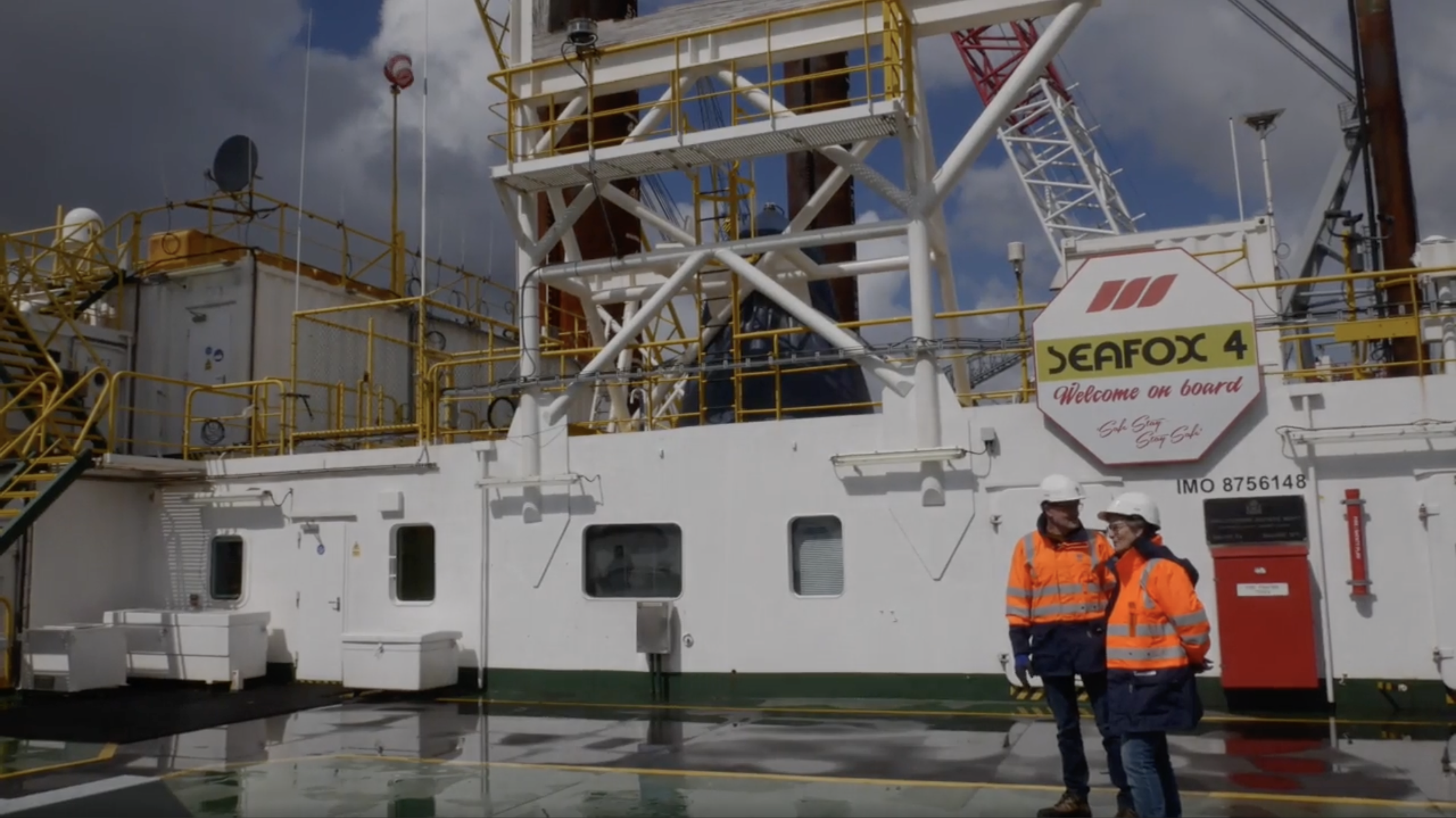
Electrification of NAM production platform AWG
The electrification of NAM platform AWG-1 near Ameland, where Seafox 4 played a crucial role, marks a milestone in the transition to sustainable energy. This platform, located three kilometres off the northern coast of Ameland, began producing and processing natural gas in 1986 and the permit runs until 2035.
The platform produces approximately 1 million m³ of gas daily, which requires a significant amount of energy to transport the gas under the right pressure via the North Gas Transport pipeline (NGT) to Uithuizen in Groningen. Previously, 100,000 m³ of natural gas was used daily to generate this energy, accounting for 10 percent of total production. This gas consumption and the associated CO₂ and NOX emissions are now a thing of the past.
The ambitious project to electrify AWG-1 began in 2018 when NAM decided to tackle both nitrogen and CO₂ emissions by renewing the compressor responsible for transporting gas to the mainland and fully electrifying the platform. Electrification of offshore platforms is unusual, as there is no easy access to electrical networks at sea.
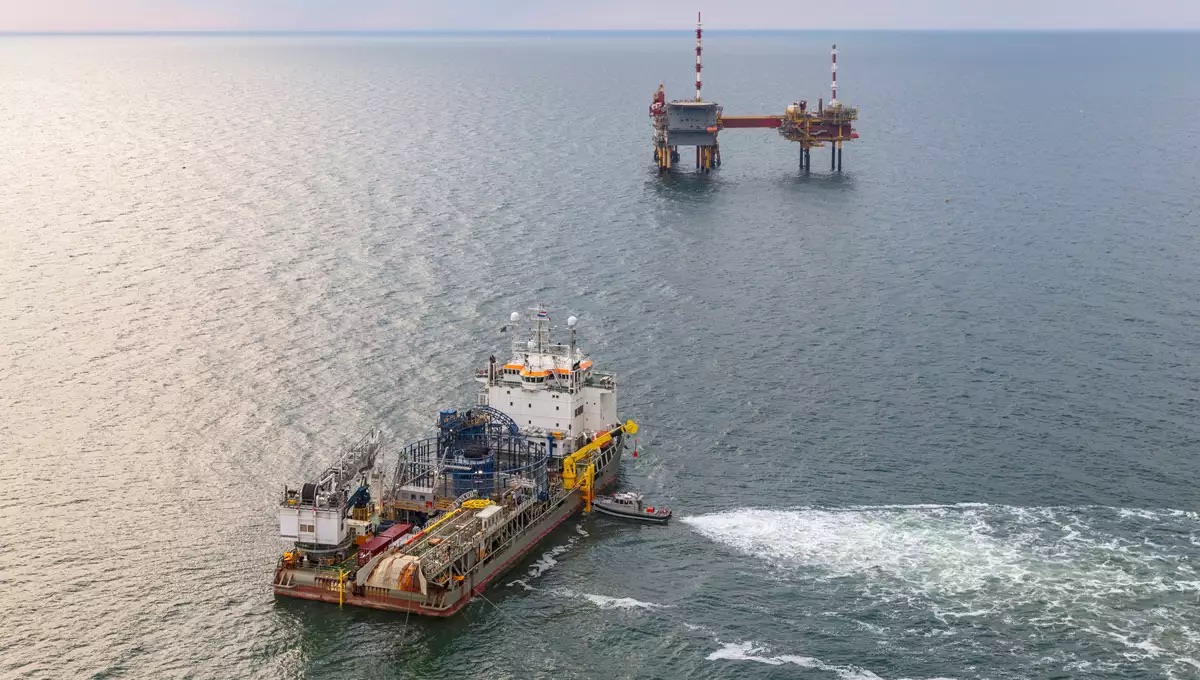
For AWG-1, Boskalis laid a special 4.5-kilometre electricity cable from the island to the platform, as well as a new, stronger power cable from the mainland to the island to ensure the capacity needed for the project.
The collaboration between NAM, the municipality of Ameland, and other involved parties was essential to realise this complex project, especially given challenges such as the COVID-19 pandemic. Seafox 4 provided accommodation for the workers during this period, despite restrictions on the number of people who could be on board at the same time due to COVID measures. Thanks to these efforts, gas production on the platform is now more stable, reliable, and higher than before, powered by green electricity from the Amelander Energy Cooperative.
Current and Future Work in Gas Production
AWG is supplied with gas by two locations: AME-1 and AME-2. The first, also known as Ameland East 1, is a land location on the eastern part of Ameland. The gas is produced from the Upper Slochteren formation, discovered in the 1960s. AME-1 once had 7 gas-producing wells, some of which have been sealed off.
AME-2 is an unmanned installation (NUI) located on a four-legged jacket, a few hundred metres off the coast of Ameland. The gas produced from both sources is transported via a pipeline to the mother platform AWG, where it is processed together with the gas from AWG itself before being transported through the NGT pipeline to Uithuizen.
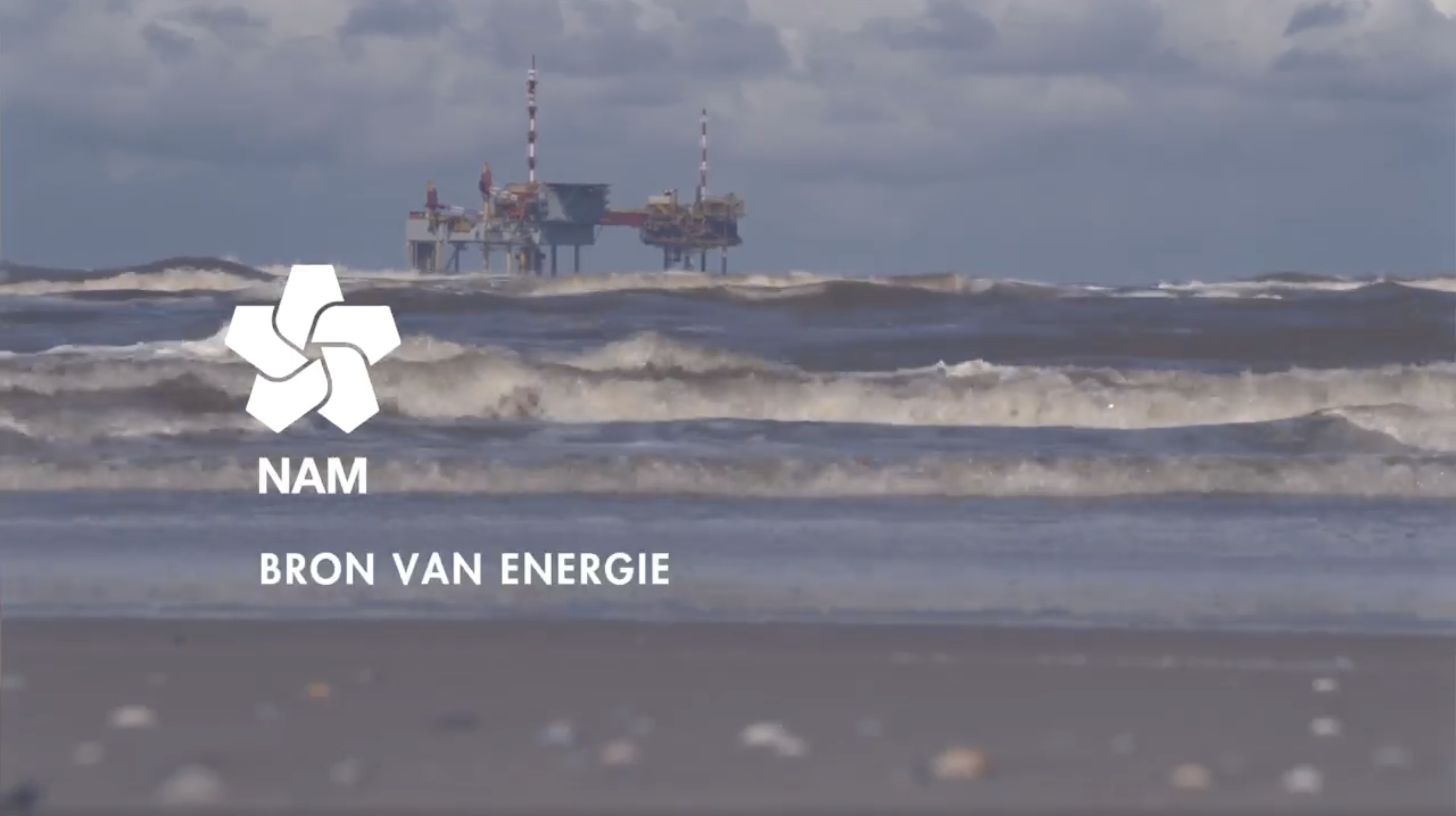
The collaboration between NAM and Seafox will continue for several more years. They are working on making platforms or installations unmanned and remotely controlled, plugging and abandoning wells, and decommissioning offshore platforms that are no longer in use.
During the energy transition in the offshore sector, there is still a lot of work to be done, and many hands are needed to realise the ambitions. The second video goes into more detail about the opportunities to work offshore.
